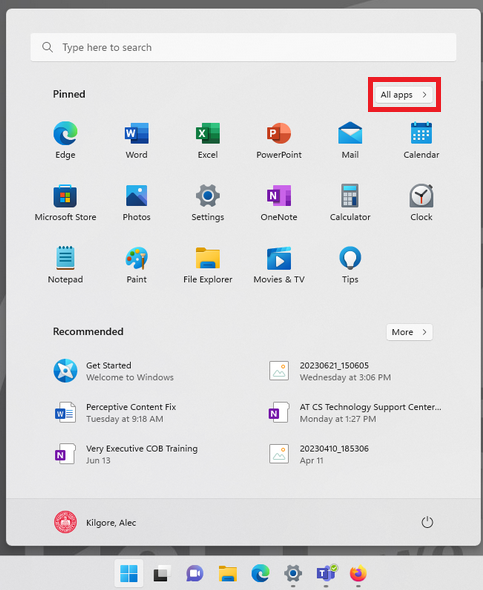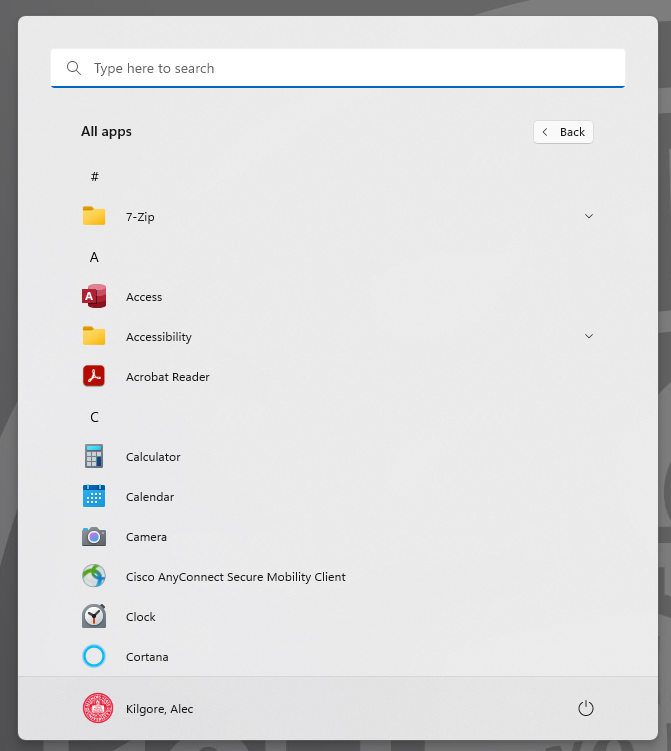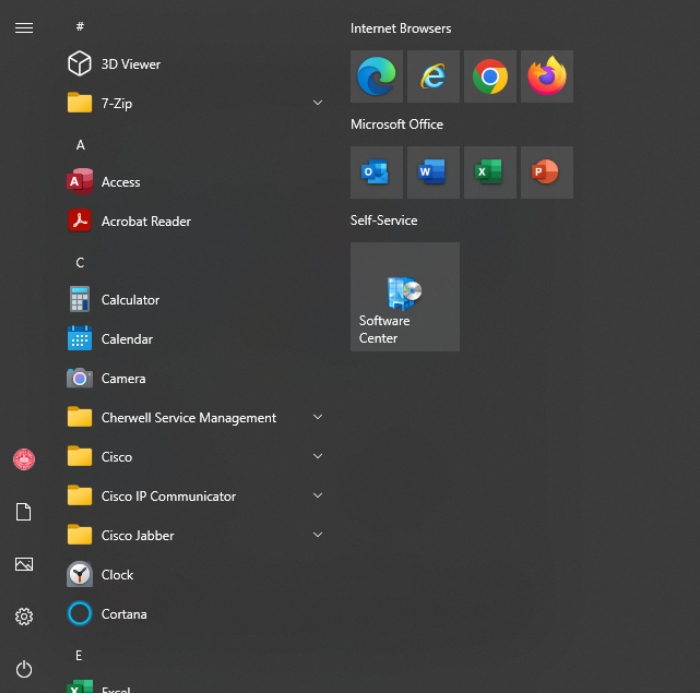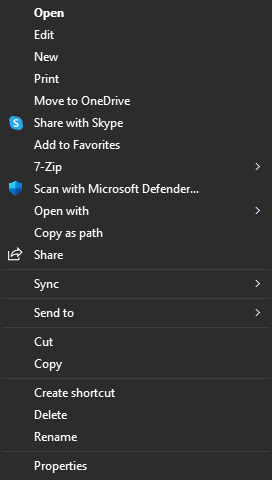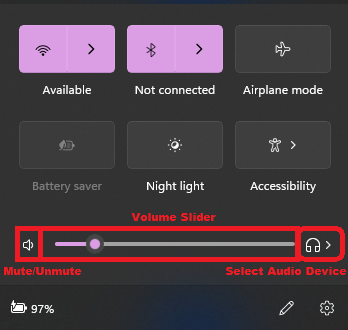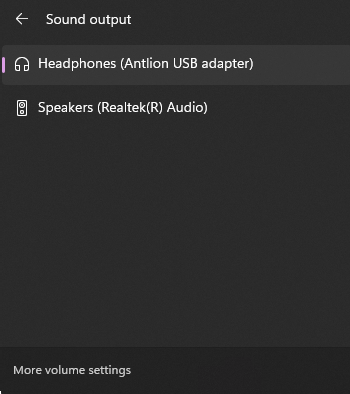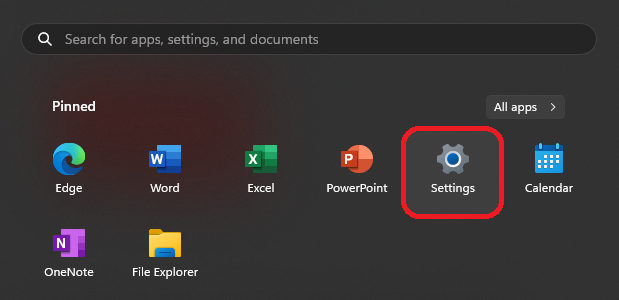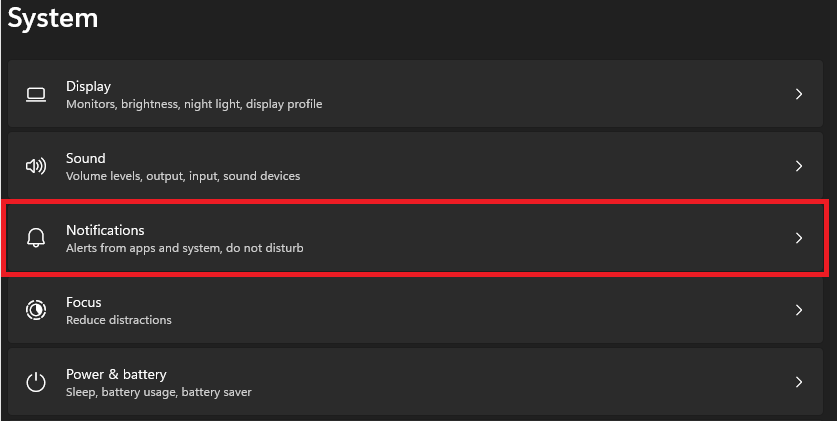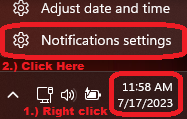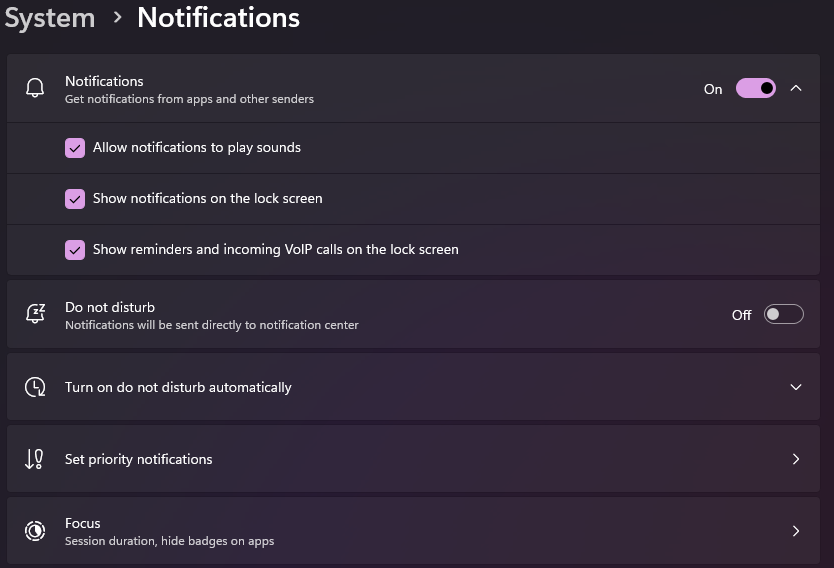Technology
Getting to Know Windows 11
ISU is in the process of upgrading all Windows computers to Windows 11 to ensure that they remain secure and supported. Your IT team will work with you on when the upgrade should happen for your work devices. You may be familiar with Windows 11 from using it on personal devices. Windows 11 is not a significant change from Windows 10, but there are a few things you should be aware of when getting used to the new version.
The Start Menu
Windows 11 has re-designed the Windows Start Menu. When clicking or pressing the windows button, you'll see the new Start Menu as it appears below.
In place of the familiar task pane and list of applications on the left, there are instead Pinned applications. To access a list of all applications as you would have in Windows 10, click the [All apps] button in the top right of the Start Menu.
The Base Start Menu in Windows 11:
The All Apps menu:
From the All Apps Menu, you can scroll up and down the app lists and find installed applications as you would expect from the Windows Start Menu.
The Start Menu in Windows 10, for comparison:
The Taskbar
Changing the Taskbar Alignment in Windows 11
The primary and most immediately noticeable difference between Windows 10 and 11 is that the Taskbar is now by default center aligned, rather than left aligned as it has been in the past. This can be changed by right clicking the taskbar and selecting Taskbar Settings, opening Taskbar Behaviors, then changing Taskbar Alignment to your preferred setting.
Taskbar Behaviors/Alignment:
Right Click Context Menu
Right clicking a word file in Windows 11:
Clicking Show more options at the bottom will open another context menu more closely reminiscent of past versions of Windows with additional options:
Right clicking a word file in Windows 10, for comparison:
Both of the Windows 11 right click menus (shown above and to the right) are context dependent. For example, right clicking an image will provide a different set of options than right clicking a file, as shown in the first image above.
Adjusting Audio Settings
Upon clicking the Quick Settings button, the Quick Settings menu opens. From here, the bottom half of the menu (highlighted) controls your audio settings:
Clicking the Headphone/Speaker icon on the right of the Quick Settings menu will open a list of available audio devices:
For additional audio settings, you can also select the More volume settings button located at the bottom of this menu, which will open Windows Settings. From there you can further adjust Input, Output, and Advanced audio settings:
Adjusting Notification Settings
To adjust Notification Settings in Windows 11, you may either open Settings from the Start Menu and select Notifications OR right click the Date and Time on the Taskbar and select Notification Settings.
To access Notification Settings from the Start Menu, first press the Windows Button to open the Start Menu, then select Notifications from the menu.
Accessing Notification Settings from the Taskbar:
From the System Settings Notifications Menu, you can configure your notification settings to your preference:
How to Get Help
For technical assistance, please Submit a Help Ticket, or contact the Technology Support Center at (309) 438-4357, by email at SupportCenter@IllinoisState.edu, or by LiveChat at Help.IllinoisState.edu/get-it-help/.
